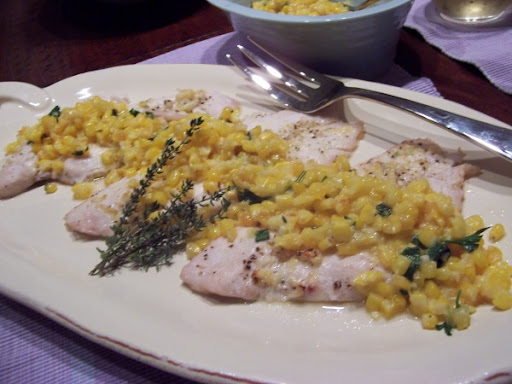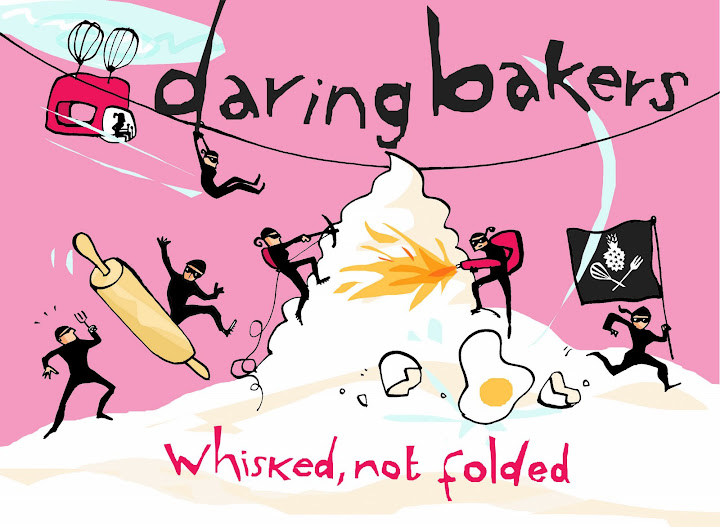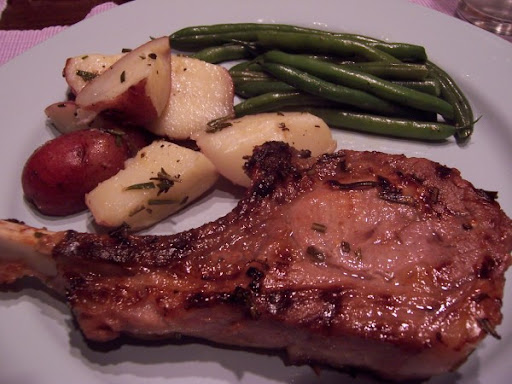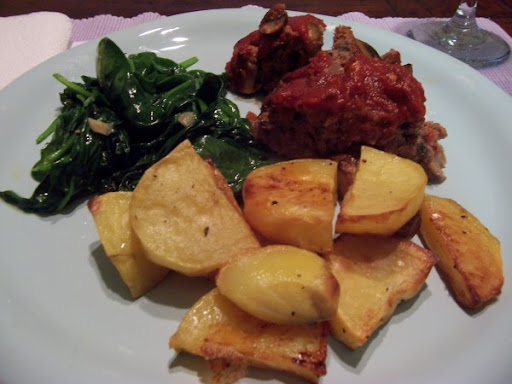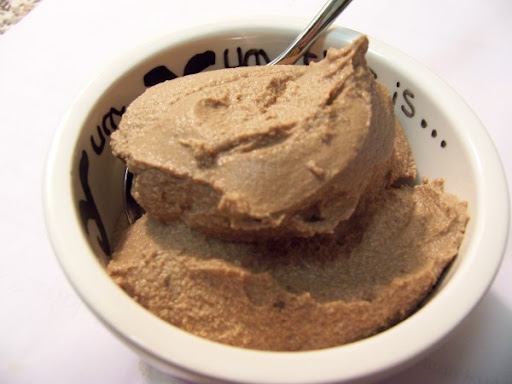
Bring on the miners and fishermen! (Except, I think pasties are bad luck for fishermen, I'm not sure why!)
I've never given "British" food much thought. Aside from fish'n'chips and pea puree, I'd really have to think about what constitutes British food... I called my mom (she lived in GB for a while) and I googled it... and I found that there is a slew of food I'd never associated with the UK.

For British Food Fortnight, I knew I wanted to make something accessible and with a fun name. In fact, the fun name was key. I chose the Cornish Pasty because, yes, it sounds a bit silly, but also because it had a history I could get behind.
Seems that the lovely wives in Cornwall would send these pasties off with their husbands to work in the mines. They were often filled with both savoury and sweet, at opposite ends, so that the men could get a couple bites of dessert. What I found charming, and unable to recreate, is that their initials would often be cut into the corner, so each man would be able to identify his breakfast/lunch/dinner. I read, also, that the miners would sometimes leave little corners of the pasty as an offering to the mine's mischievous inhabitants, hoping for good luck.
I tried to remain true to the rules... I didn't mix the ingredients together before I filled the dough, I didn't include sauce - just the salt, pepper, flour, and butter, so it could sauce itself as it baked. I even tried the "crimp," but I fear I mangled that entirely.
I will say that following the rules led to rather boring pasties. (No offense to the housewives of Cornwall.) That said, I found them entertaining enough, and soothing to make, that I want to try again, but with sussed-up fillings. Dave was already daydreaming about ways I could tweak the recipe. I froze half of the dough, so I'll keep you posted!!
Nigella’s Pasty Dough
2 cups milk (not low fat)
2 tbsp (30g) fresh yeast
3 tbsp crème fraiche
1 tsp sea salt (not iodized)
4 tbsp sugar, divided
5 cups flour (some more if you need it)
1 - 2 tbsp softened butter
vegetable or olive oil for greasing of bowl
Heat up the milk in a pan to the point when you can comfortably hold your finger in. If it is hotter, leave to cool to the finger friendly temperature.
Divide the milk roughly in half, pour one half into a roomy bowl, leaving the other half in the pan.
Add 2 tbsp of sugar to the pan, mix until sugar dissolves. Add the fresh yeast. Stand covered until yeast gets frothy.
To the milk in the bowl add crème fraiche, salt and 2 tbsp sugar. Sift in about 3 cups of flour, mix. It does not look pretty, and you should not be worried about lumps.
When the yeasty milk is frothy and you have mixed it so that it is homogenous, add this to the bowl. Mix. Sift in about 2/3rds of the remaining flour. Mix again with a spoon and start kneading. It will be very sticky. Add more flour by spoonfuls. When the dough gets less sticky and almost manageable, knead in the butter. Sprinkle over a spoonful of flour, knead, until you start feeling the dough becoming springy. To a clean bowl, add in about a spoonful of vegetable or olive oil, turn the doughball in it until it is all shiny. Press a cross with your fingers on top (this is traditional and I always do this - should help the dough to rise!) Dust lightly with flour, cover with a clean teatowel and leave in a warm place for about 1 hr.
Prepare your filling.
After 1 hr punch the dough, and leave it to raise for about 30 mins more.
Roll out the dough as needed.. Continue to make the pasties. When you have filled up a baking sheet, brush with beaten egg. Bake in a preheated 350F oven until golden. Take out and brush with water (this helps to make the pastry feel really light).
If you have some left over for a day or two and they have gone slightly stale, brush with water and reheat in microwave.
Cornish Pasty Filling
From Connie’s Cornish Kitchen
http://www.greenchronicle.com/connies_cornish_kitchen/cornish_pasty.htm
1.5 lb beef, not stewing beef
2 raw potato
2 raw swede (also known as rutabaga or yellow/swedish turnip)
2 small onion
salt and pepper
flour
a walnut sized piece of butter
Preheat oven to 425°F.
Cut the steak into small pieces but do not mince. Slice potato and swede into thin, small pieces about half an inch across. Chop onion finely. Dust the work surface with flour. Roll out the pastry to about 1/4 inch thickness.
Using a small plate cut out circles (Picture 1 & Picture 2). Moisten the edge with milk or water (Picture 3) and support half of the pastry nearest to you over the rolling pin (Picture 4). On the other half, put a small layer of prepared vegetables then a layer of beef (Picture 5 & Picture 6). Repeat this once but be careful not to have too much filling which would cause the pastry to burst during the cooking process (Picture 7).
Sprinkle sparingly with salt and pepper then add a small bit of the butter (Picture 8 & Picture 9). Sprinkle a dusting of flour over the filling (this helps to make the gravy).
Fold the other half of pastry which has been resting on the rolling pin over the filling and squeeze the half circle edges firmly together (Picture 10 & Picture 11). Starting at the right side whilst supporting the left side with other hand, using first finger and thumb turn the edge over to form a crimp (Picture 12 & Picture 13). Repeat this process all along the edge (Picture 14). This will come with practice but you must get a good seal.
Brush pasty with beaten egg wash to help with browning process and put a small one inch cut in the centre of the top to allow steam to escape (Picture 15, Picture 16 & Picture 17).
Bake in a hot oven 425°F for about 20 minutes then reduce temperature to 325°F for a further 40 minutes. Smaller pasties need less time.
If they are browning too quickly cover loosely with greased paper.
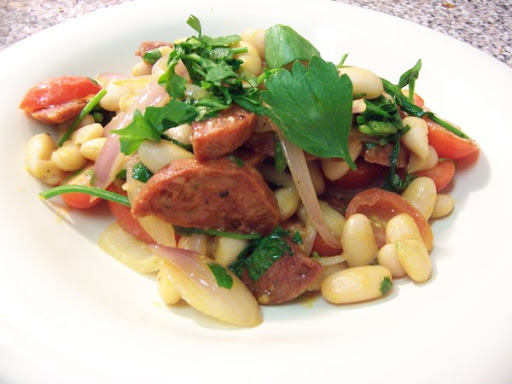 I wanted to like this more than I did. And I think its all my fault. I thought it was weird that only the chorizo got a turn in the pan... and I wanted to have warm beans and tomatoes... So... once the chorizo was browned a little, I tossed everything else into the pan. Do not do this at home. What ended up happening was all the chorizo oil got onto everything else.. so every bite tasted like it, regardless of what you put into your mouth. Now, if you like that sort of thing, feel free to replicate.
I wanted to like this more than I did. And I think its all my fault. I thought it was weird that only the chorizo got a turn in the pan... and I wanted to have warm beans and tomatoes... So... once the chorizo was browned a little, I tossed everything else into the pan. Do not do this at home. What ended up happening was all the chorizo oil got onto everything else.. so every bite tasted like it, regardless of what you put into your mouth. Now, if you like that sort of thing, feel free to replicate.
